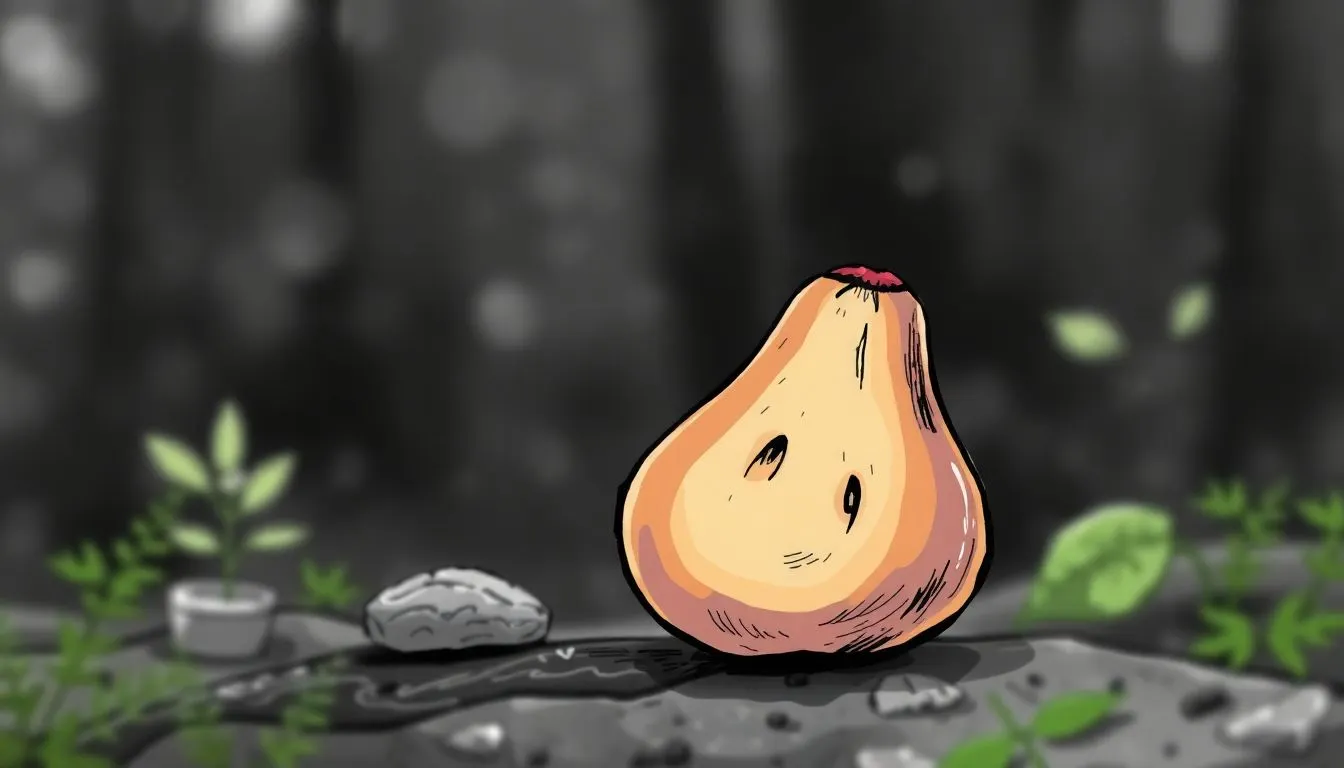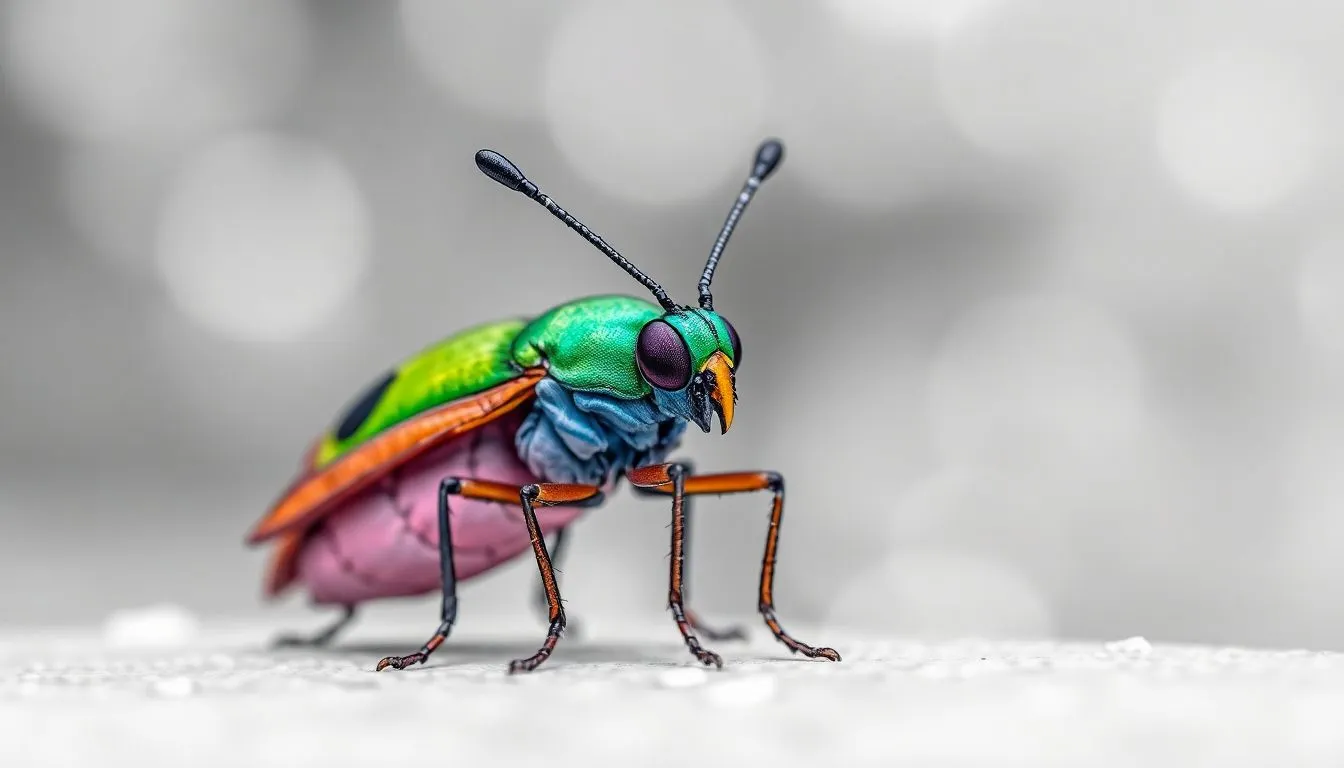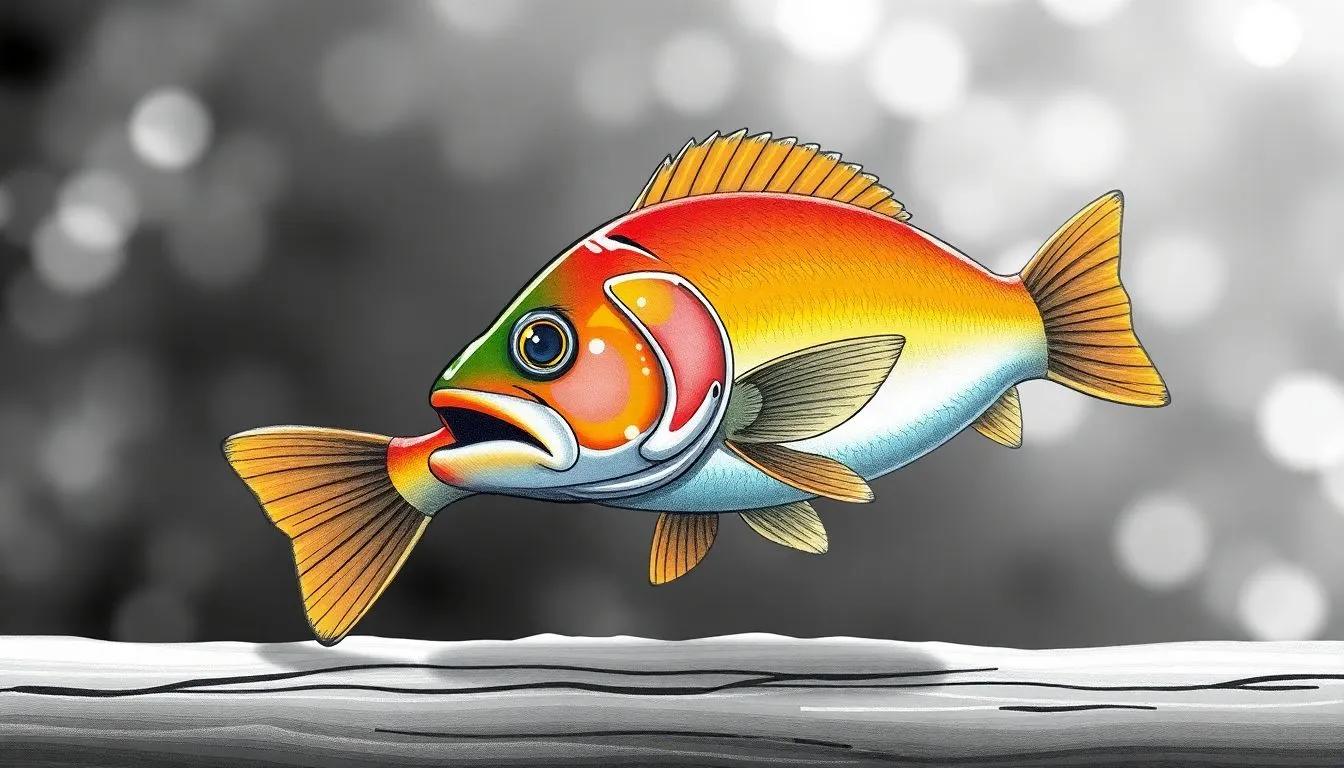How to Find Food in the Wilderness
To find food in the wilderness, look for edible plants, berries, and nuts, but avoid unfamiliar or toxic ones. Hunt small animals or fish using traps, snares, or fishing tools.
Insects like ants and grasshoppers are also nutritious. Always prioritize safety by researching local edible species and avoid contaminated water sources to ensure safe foraging and sustenance.

Survive and Thrive: How to Find Food in the Wilderness




How to Find Food in the Wilderness
Finding food in the wilderness is crucial for long-term survival when supplies run out.
Knowing how to identify edible plants, insects, and animals can sustain you until rescue or until you return to safety.
1. Know Your Environment
Different regions offer different food sources. Learn about local edible plants, nuts, berries, and animals before heading out. Carry a field guide or use an app for plant identification.
2. Foraging for Plants
Look for edible greens like dandelion, chickweed, and clover. Identify safe berries—blackberries, blueberries, and raspberries are common and safe in many areas.
Avoid white or red berries unless you know they’re safe. Nuts like acorns, walnuts, and chestnuts can be eaten after proper preparation (e.g., leaching tannins from acorns).
3. Insects and Bugs
Insects are high in protein and widely available. Edible insects include grasshoppers, crickets, ants, and beetle larvae. Avoid brightly colored or hairy insects, as some may be toxic.
4. Fishing and Trapping
Use improvised fishing gear such as sharpened sticks or make traps with vines and branches. Look for signs of fish in streams or lakes.
Small game like rabbits, squirrels, and birds can be trapped or caught if you have the skills.
5. Safety First
Never eat anything unless you are 100% sure it is safe. Use the universal edibility test only if you have no other options: test for skin irritation, taste a small amount, and wait to see if there’s a reaction.
6. Preparation
Cook all wild meat and insects thoroughly to kill parasites and bacteria. Some plants require cooking or soaking to remove toxins.
Conclusion
Finding food in the wilderness requires knowledge, patience, and caution. By learning to identify edible plants and animals and practicing safe foraging, you can sustain yourself in survival situations. Preparation and education are your best tools for success.
Copyright by PreparationCentral.com. All rights reserved.
This site is not a part of the Youtube website or Youtube Inc. Additionally, This site is NOT endorsed by Youtube in any way. YOUTUBE is a trademark of YOUTUBE, Inc.
